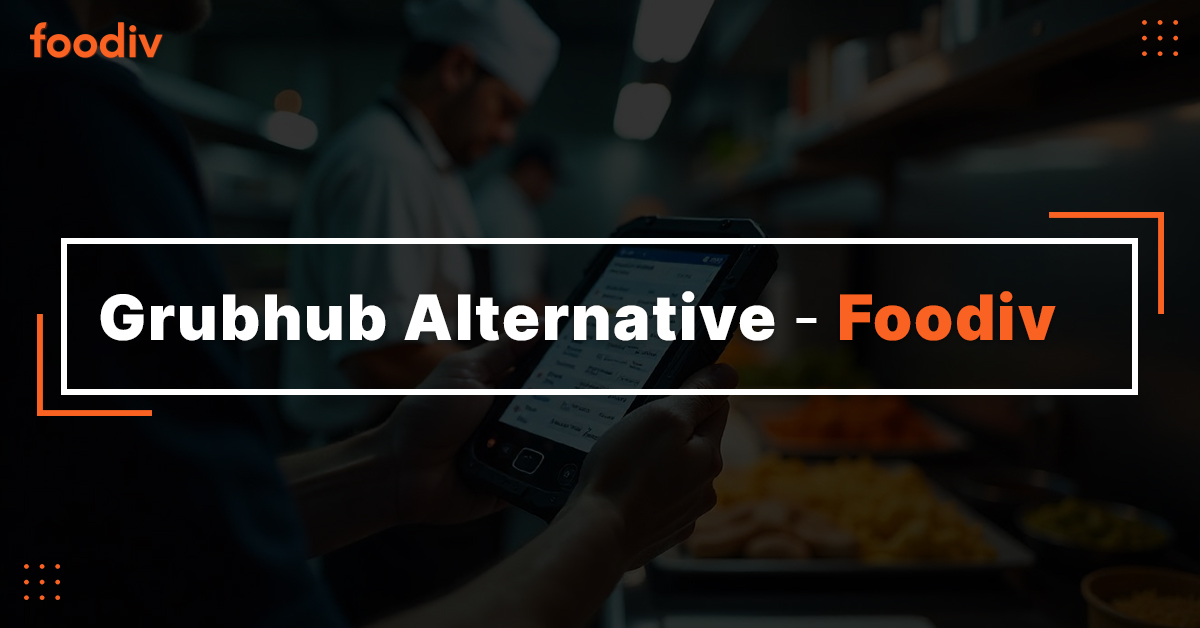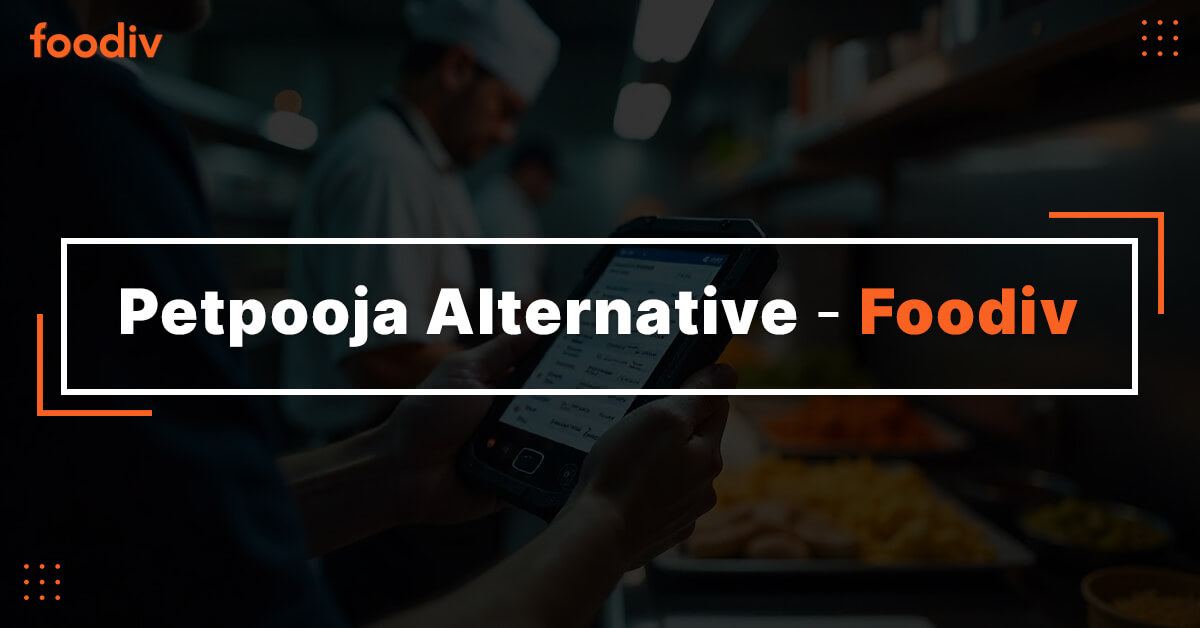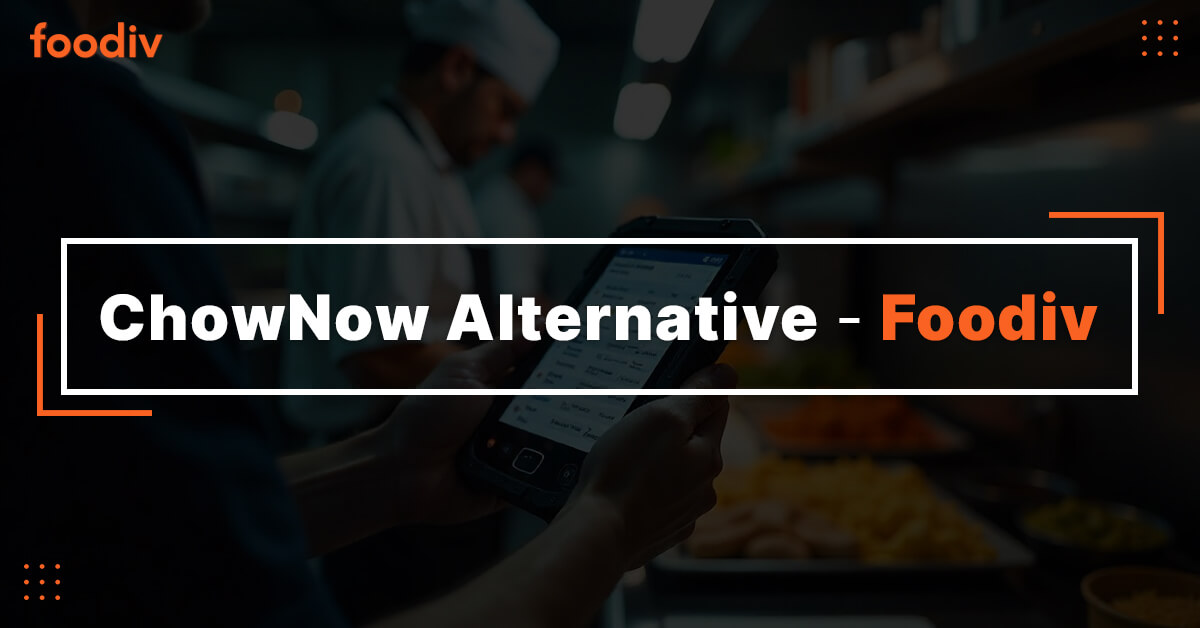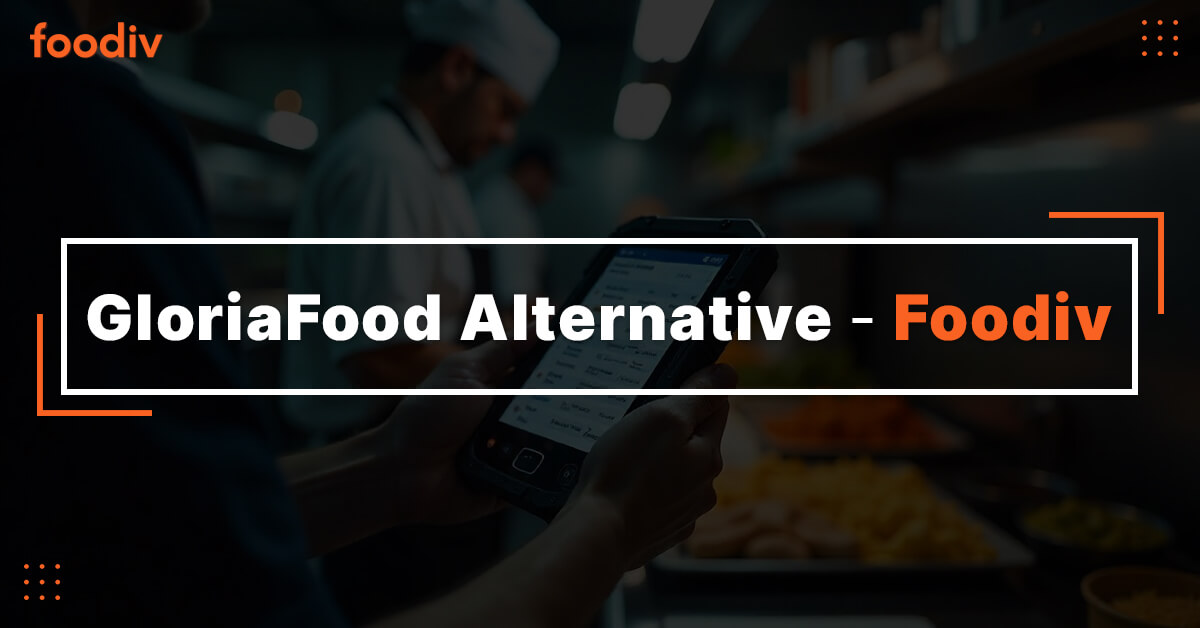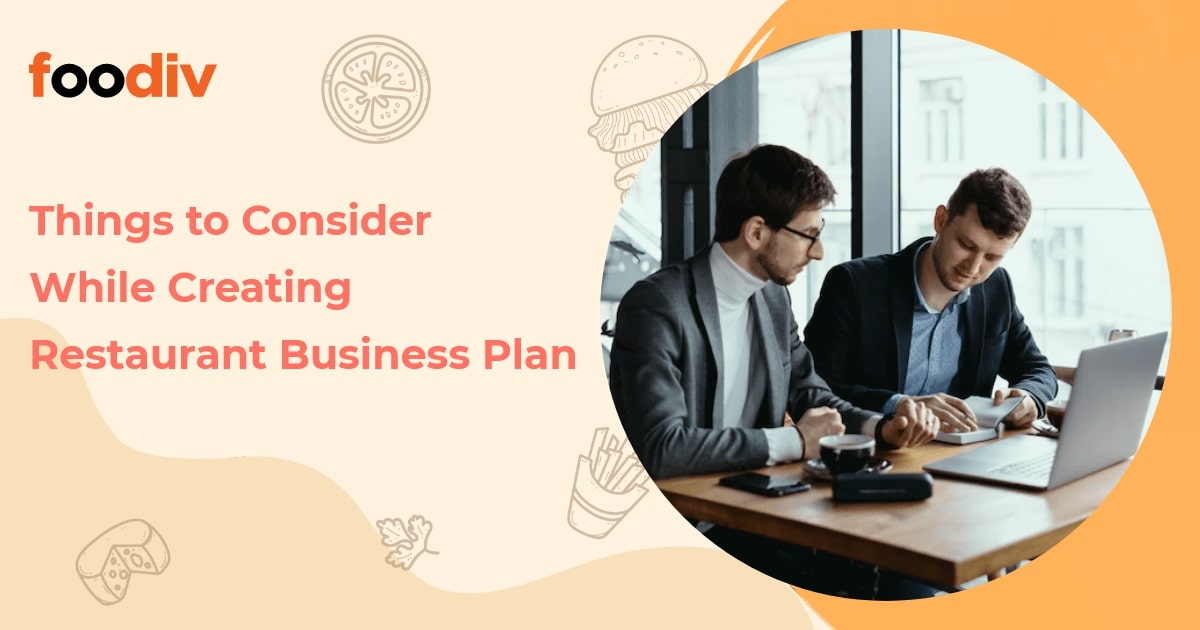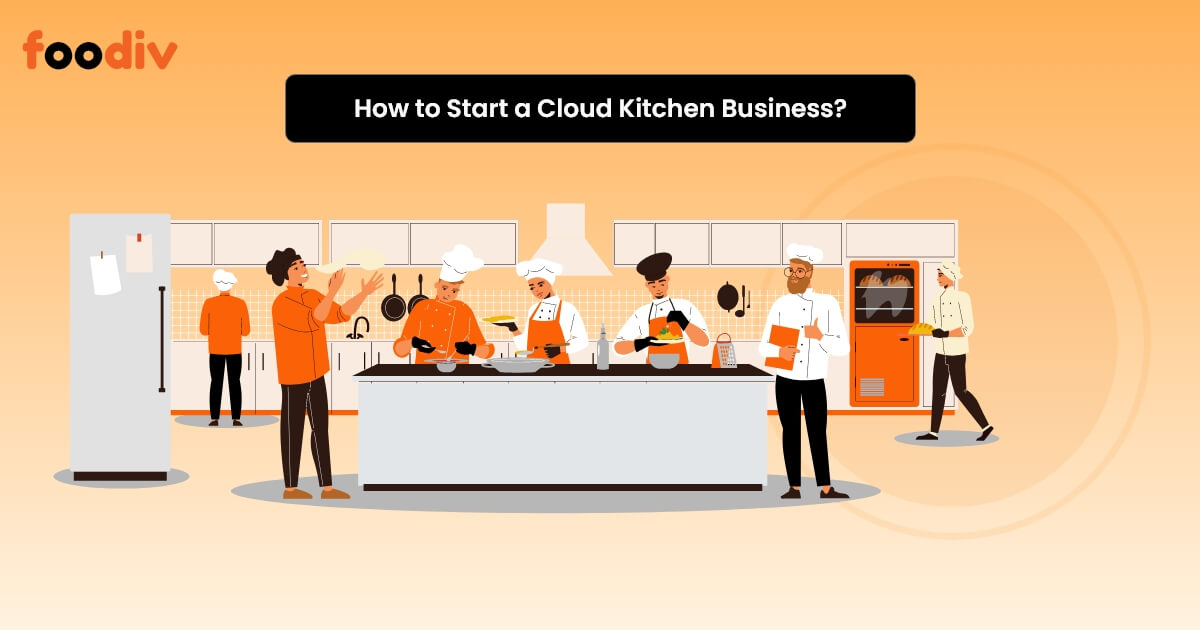
Summary: Owing to the high competition, excessive startup costs, complex regulations, and red tape to start an on-premise restaurant business, people are exploring options in Cloud kitchen. It has huge potential as people find it the safest and easiest way to get their delicious food served and delivered at their convenience. The cloud kitchen, aka dark kitchens, ghost kitchens, and virtual restaurants, seems beneficial for startups who do not want to start and experiment with new initiatives with lower upfront opening costs. So, we are here to boost your effort. Explore this guide on how to start a cloud kitchen business and make it successful.
Do you want to start a ghost kitchen or cloud kitchen? Or, are you exploring how to start a cloud kitchen? Or, is it something that you want to know if starting a cloud kitchen is beneficial? Yes…! From skilled staff and kitchen equipment to restaurant locations and interiors, you need to invest a hefty amount of money. Whereas, a virtual kitchen can be the best option with less investment. But, if you want to make a good profit in F&B space without investing a large amount of money, starting a cloud kitchen is the right option at this moment.
The global cloud kitchen market was valued at US$ 71.1 billion in 2023 and is projected to reach approximately US$ 170 billion by 2032, reflecting its significant growth potential in the coming years. However, starting a cloud kitchen is the most important beneficial business nowadays. But, not all of them are so successful. The reason is implementation. Many entrepreneurs with great ideas to start a ghost kitchen fail to implement. They just bounce before they leap. Companies are not able to implement business ideas with proper execution plans.
In this article, we have primarily discussed how to set up a cloud kitchen and how much it will cost to start a cloud kitchen business. You will explore the following points;
- Cloud Kitchen Market
- How to Start Cloud Kitchen Business
- Cloud Kitchen Business Model
- How Much Will It Cost to Set Up a Cloud Kitchen Business

What is a Cloud Kitchen?
A cloud kitchen is part of the restaurant industry that primarily offers online food delivery and takeout —similar to a common restaurant does. But, a cloud kitchen or ghost kitchen does not need to have a storefront with dine-in space, as it can be started in a home with a little kitchen space. You don’t need to manage staff or even hire people while eliminating front-of-house labor and overhead. You just need to create a healthy and delicious menu, connect with food delivery partners or build your own food delivery app, and start serving people.
In one line, a cloud kitchen is a commercial kitchen that offers online food delivery and takeout services.
With ready to implement cloud kitchen software, Foodiv is a reliable technology partner for all online food ordering, delivery and management needs. Connect with us as we offer you quality driven and performance oriented cost effectively.
Cloud kitchens have several Benefits, including:
You would ask, why the cloud kitchen business model? Well, it’s a quick way to enter the restaurant business and comparatively cheaper. Believe it or not, the revolutionary business is going places with the ease of establishment and simple operation it offers.
Here are some core benefits of the delivery-only kitchen.
- A cloud kitchen is cost-effective because the business solely engages with the financial investments of kitchen staff and delivery agents. There is no need to spend a handful on hosts, servers, valets, etc. Thus, the operational cost reduces to a minimum.
- More brand exposure at a minimum cost. With a cloud kitchen business model, restaurateurs can start multiple brands without changing locations or investing a whole lot in a new brand. For example, a cloud restaurant offering Mexican cuisine can now set an entirely new brand for Thai cuisine without extending its menu! An entirely new brand with nominal cost.
- Flexible menus are a chef’s kiss to the list of advantages. Cloud restaurants can experiment with changing menus without the burden of updating physical menu cards! Also, it lowers the cost to create a menu every time it’s updated!
- Data tracking helps the restaurant owner to save additional expenses by scrapping items with fewer orders, executing new strategies to gain customers, and so on. In simpler words, the business will be able to meet demands with efficiency and lower wastage.
- Expanding a traditional restaurant requires a larger physical space, more staff, and higher costs. But with a cloud kitchen, scaling is effortless. You can add more cuisines, increase order capacity, or even launch in multiple locations without worrying about high overhead expenses.
Tips to Setup Successful Cloud Kitchen Business
Running a cloud kitchen isn’t tough, but it requires a whole lot of effort to make it successful. The journey begins right with building a strong and bulletproof workflow. So, while you are determined to start a food delivery business and make it successful, take a look at the steps involved in setting up a cloud kitchen business.
Online ordering in a cloud kitchen setup
The primary source of ordering in a delivery-only restaurant is online. The online restaurant can receive orders in multiple ways, like online food apps, websites, and even via telephone calls.
A cloud kitchen POS is a must in this system because without it, accepting and managing orders becomes difficult.
Processing an order in an online food delivery system
Once the orders are received online or via telephone calls, the next step is to process them. The significant difference lies in maintaining a unique taste and customization according to customers’ needs. To solve this order processing issue, ghost kitchens designate different teams of chefs for various cuisines or brands they run in the space.
It is here that the POS is used the most. The POS kitchen display system displays the received orders and additional cooking instructions directly in the kitchen. The kitchen staff can easily view the details and prepare the order accordingly.
Once the order is complete, the chef can mark it as “done” and send it through packaging. In brief, every stage from receiving orders to preparation, packaging, and dispatch is recorded in the POS. The collected data can be viewed and analyzed later to improve the cloud kitchen business.
Additional Reading : Why Cloud Kitchens Need an Online Ordering System
Kitchen staff for cloud kitchen
For running a successful cloud kitchen restaurant, you need the best chefs. The main goal of virtual kitchens is to keep the customers happy and satisfied by delivering flawless meals, the majority of investment should be put to hire the best chefs. Since there is no dine-in, restaurateurs can skip hiring wait staff, hosts, and other personnel.
Apart from skilled and talented chefs, restaurateurs need delivery personnel if they want an in-house delivery system in their cloud kitchen setup.
Supply management
Having a robust supply management system is necessary if you want to establish a successful ghost kitchen. There is no difference between the supply management of a cloud kitchen and a commercial kitchen. However, restaurant owners need efficient management of suppliers.
Depending on the restaurant’s requirements, there can be one supplier for one brand, and another for a different brand. If the base ingredients are the same, then one supplier can take care of everything.
Inventory management for delivery-only kitchen
Having multiple brands under a single cloud kitchen business can be difficult to manage. However, with the right checks and numbers, inventory management can become easy. A smart POS can help restaurateurs to handle inventory with care.
POS enables viewing and managing inventory at any point in time. Thus, helping with keeping daily stock consumption in check. Also, based on the requirements, purchase orders can be raised for each brand.
Location for Cloud Kitchen
Even though location does matter the most for cloud kitchen business, you can choose the location based on your target customers and market. As far as having space is concerned, you don’t need to have a prime location with appealing storefront space. You can start it in a room, or even in an underground, basement, parking, and other spaces.
Essential Kitchen Appliances for Cloud Kitchen
Yes, you need to have proper kitchen equipment, but it will be different from restaurant kitchen equipment. For example, you need;
- Exhaust hood
- Oven
- Fire suppression system
- Refrigerators and freezer
- Cooking range
- Counters
- Sinks
- Commercial fryers
They are the common equipment that you need to have to start a cloud kitchen business.
Start a Cloud Kitchen Business, Hassle-Free
To start a cloud kitchen business, you first need to set up the online cloud kitchen ordering system that can be accessed via the internet and a smartphone. It is a high profit-margin business, but it’s slightly different from traditional restaurants.
See how to kick start a cloud, aka virtual kitchen or ghost kitchen with no hassles.
- Know your customers before starting the business. Understanding the demographics is the first step to running a cloud kitchen restaurant successfully.
- Find the base concept of the kitchen. Start looking for what your customers want. Know the preferences of your target audience through online surveys, social media campaigns, etc.
- Gain experience in accounting, management, marketing, and more apart from cooking.
- Competitor analysis will help you establish a better delivery-only kitchen.
- Bear the initial cost of setting up the virtual kitchen. Although the total cost will be 40 – 50% less than building a brick-and-mortar dine-in restaurant, proper financial arrangements are required.
- Get an FSSAI license. This license regulates everything from food storage to preparation and delivery. The validity of the license lasts from one to five years, depending on how you plan the periodical renewal.
- Spend a handful on properly equipping the kitchen. For example, you need to invest in electronics like ovens, microwaves, utensils, plumbing, burners, and much more.
- Equip the cloud kitchen with upgraded technology like mobiles, laptops, tablets, POS, etc., to efficiently manage everything from receiving orders to delivery.
- Leverage emerging technologies to streamline operations. Integrate AI-powered analytics, automation, and smart inventory tracking to reduce waste and optimize efficiency. Cloud kitchens thrive on seamless digital management, making technology a key driver of success.
- Implement sustainable practices to reduce costs and attract eco-conscious customers. Use biodegradable packaging, energy-efficient kitchen appliances, and precise portion control to minimize waste. Customers are more inclined to order from brands that prioritize sustainability.
- Develop a strong marketing strategy to build your brand. List your cloud kitchen on multiple food delivery apps, optimize SEO for better online visibility, and run targeted social media ads. Collaborating with food influencers can also enhance brand recognition and credibility.
Other essentials of running a successful online ordering system are proper packaging, pandemic precautions, and an organized delivery system.
Read about the Ghost Kitchen Mistakes You Should Avoid
Most Popular Cloud Kitchen Business Models
There are six types of cloud kitchen business models. Every model is different from the others based on budget, brand, scalability, efficiency, and more. Let’s look at the most popular cloud kitchen business models.
Brand-owned cloud kitchen
One brand owns a single cuisine kitchen with a delivery-only model. Simply, there is no takeaway and no dine-in. The upfront investment cost is low as there is no additional space to occupy diners or their vehicles.
Separate dine-in
There is an existing dine-in with a side hustle for delivery or takeaway. Here, the menu is the same, but the dine-in and delivery production lines are different. However, the upfront cost is low until restaurateurs need new processes, additional employee staff, etc.
Separate dine-in with shared kitchen space
The cloud kitchen business model has a separate dine-in operation. Well, the kitchen is physically removed from the dine-in space and it is operating in a shared kitchen. The upfront cost of this cloud kitchen restaurant model is medium because one needs to rent the shared space, equip it, and make it functional. Moreover, the dine-in has to be maintained and operated as well!
Hub and spoke
There are multiple variants of this cloud kitchen. It includes a single brand, shared kitchen, sometimes multiple brands, and so on. Each of the units has a centralized production space! Well, the upfront cost is high because of a centralized kitchen, labor cost, pop-up locations, etc.
Multiple virtual brands
Here, one cloud kitchen business runs multiple brands under its hood. It is a deliver-only model, with no dine-in or takeaway. The upfront cost can be low or medium depending on their equipment, large spaces, high rent, etc.
Shell kitchen
Imagine a shell kitchen as a place where only final touches are made. These kitchens, most commonly, offer one cuisine. The overhead cost is minimum. Therefore, count the upfront cost to be very low!
How Much Will It Cost to Set Up a Cloud Kitchen Business?
The cost of setting up a cloud kitchen depends on various factors, including location, equipment, staff, and marketing. However, compared to traditional restaurants, cloud kitchens require 40-50% less investment, making them a cost-effective choice for entrepreneurs.
Here’s a breakdown of essential expenses:
- Kitchen Space Rental: Costs vary by location, but renting a small commercial kitchen space ranges from $1,500 to $10,000 per month. Shared kitchen spaces are more affordable, while prime city locations demand higher rent.
- Licensing and Permits: Acquiring necessary licenses like FSSAI, GST, Fire & Safety, and Trade License may cost anywhere between $500 to $3,000.
- Kitchen Equipment: Essential appliances such as ovens, refrigeration units, exhaust systems, and cooking ranges can cost between $10,000 to $50,000, depending on the menu and kitchen size.
- Technology Setup: A POS system, cloud kitchen software, and online ordering platforms are crucial for smooth operations, with costs ranging from $2,000 to $8,000.
- Initial Inventory & Supplies: Investing in raw materials, packaging, and utensils requires an estimated $2,000 to $10,000, depending on order volume and menu complexity.
- Marketing & Branding: Digital advertising, social media promotions, and partnerships with food delivery platforms may cost $1,000 to $5,000 initially.
Final Investment Estimate
The total startup cost for a cloud kitchen typically falls between $25,000 to $100,000, depending on business scale, location, and kitchen model. Entrepreneurs opting for shared kitchen spaces or low-cost marketing strategies can start with even lower budgets.
Setting up a cloud kitchen requires strategic financial planning, but with lower overhead costs and higher profit margins, it remains an attractive business opportunity in the F&B industry.

Final Words
To run a successful cloud kitchen business, one has to start working hard right from scratch. The initial steps include finding the right cloud kitchen model for the business, a mobile app development company to facilitate professional platform creation, budgeting, and more.
So, if you are planning to start an online food ordering system for cloud kitchens, find experts like Foodiv, who have already designed, developed, and launched a hundred similar platforms.
Get started today!
FAQ About Cloud Kitchen Business
Are cloud kitchens profitable?
About 20% of cloud kitchen businesses make handsome money. So, if you want to be part of the top 20%, start by outlining your goals, finding a proper solution, deciding the business model, and so on.
What are the essential licenses required to run a cloud kitchen?
You need these licenses to start a cloud kitchen – FSSAI, GST, Fire & Safety, and Trade license.
How bright is the future of a cloud kitchen business?
The cloud kitchen industry is rising with the advancements in online food delivery systems. Since a majority of the people like ordering food online rather than dining in jam-packed diners, the industry will upscale quickly!


